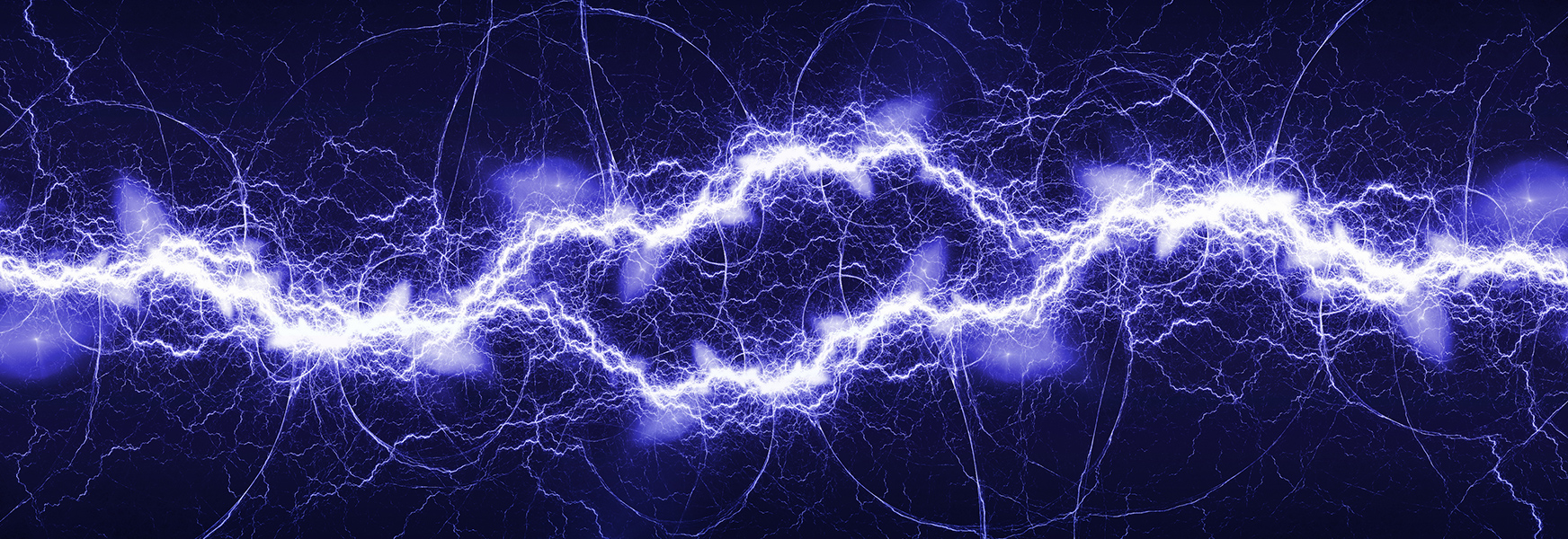Don't be Overwhelmed by Electrical Safety, Be Ec-static!

May sunshine has finally arrived, but that is not the only reason we are excited. National Electrical Safety Month is here, and it is time we bring some awareness to the dangerous electrical hazards that could be blossoming in your workplace.
In 2016, 1,640 lives were affected by nonfatal electrical injuries and 154 lives were lost due to electrical incidents - a 15 percent increase from 2015. The construction industry is the most at risk, with 420 construction workers suffering from electrical injuries and 53 percent of all occupational electrical fatalities in 2016 (data from the Bureau of Labor Statistics). According to NIOSH, there are four main types of electrical injuries: electrocution, electric shock, electric burns, and falls as a result of contact with electrical energy. OSHA reports the most frequent causes of electrical injuries are:
- Contact with power lines
- Lack of ground-fault protection
- Path to ground missing or discontinuous
- Equipment not being used in an appropriate manner
- Improper use of extension and flexible cords
Electricity is involved in almost everything we do, it is everywhere we go, and it greatly effects our lives in more ways than one. The exposure ranges from high risk construction work to simply using the technology in your office. Therefore, it is so important for everyone to keep in mind electrical exposure hazards and the protective measures that will minimize these risks. So, in honor of National Electrical Safety Month, here are some tips on reducing the potential exposure of electrical currents in a workplace setting.
- Always use caution when working near electricity - you can’t see it and it can kill you!
- Assume that all overhead power lines/wires are energized
- De-energize and ground lines when working near them
- Always remember to lockout/tagout whenever possible
- Visually inspect all electrical equipment prior to use
- Do not use cords or electrical equipment with worn insulation or exposed wires
- Follow manufacturers’ recommendations when using electrical equipment
- Be aware of your surroundings - avoid using electrical equipment in damp/wet areas
- Remove cords from receptacles by pulling the plug, not the cord
- Use ground-fault circuit interrupters (GFCI)
- Use properly insulated personal protective equipment
Working together and raising awareness will minimize the risk of electrical hazards. As a result, your workplace will become a safer environment. The first step in making a change is identifying the hazard present then minimizing it through proper control methods. Which is exactly what this month is about. If we all work together we can reduce this number of electrical related fatalities and injuries one lockout and tagout at a time.
For more information on electrical safety, or if you would like to know how safe your workplace is, feel free to take the Electrical Safety Self-Assessment that is available to you through Electrical Safety Foundation International (ESFI).
MEMIC also offers more information on electrical safety that can be found in the Safety Director.
